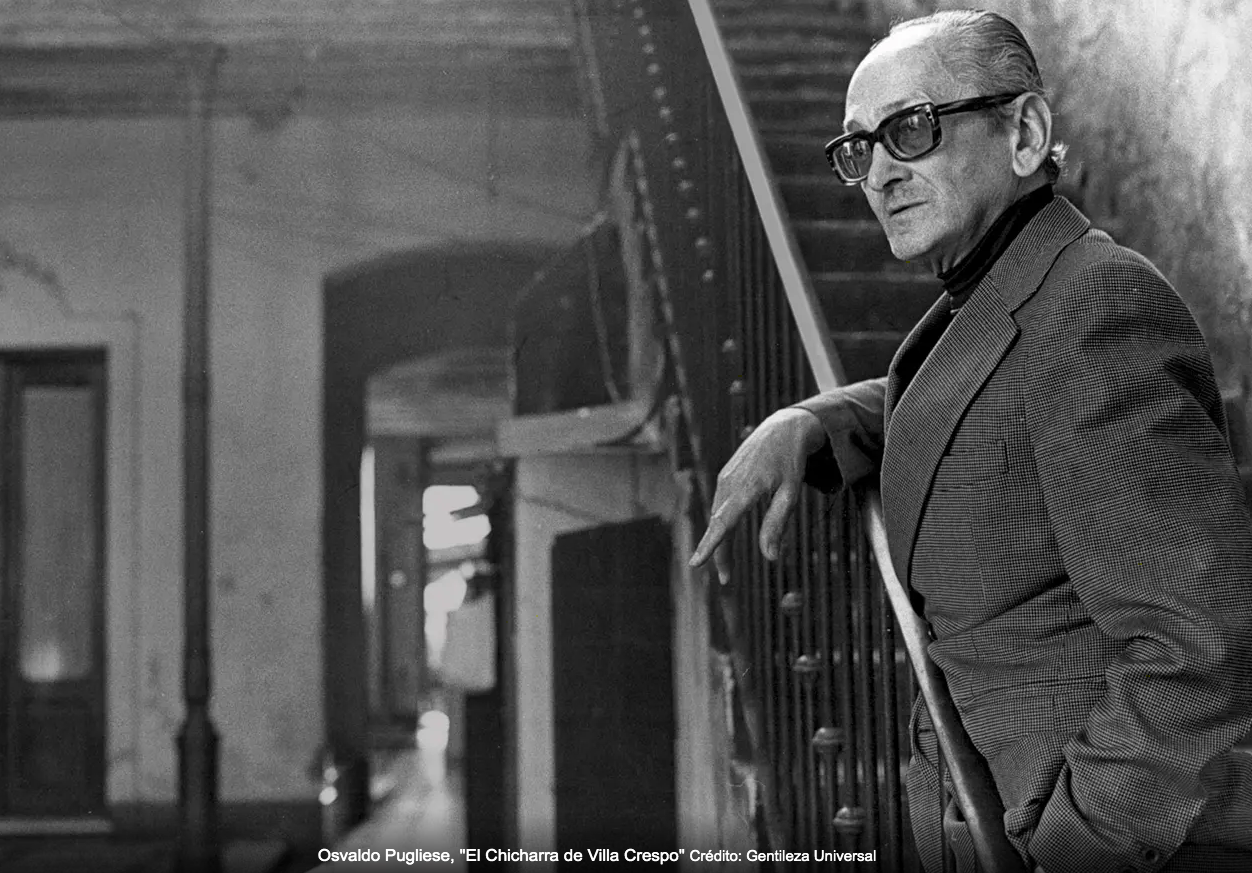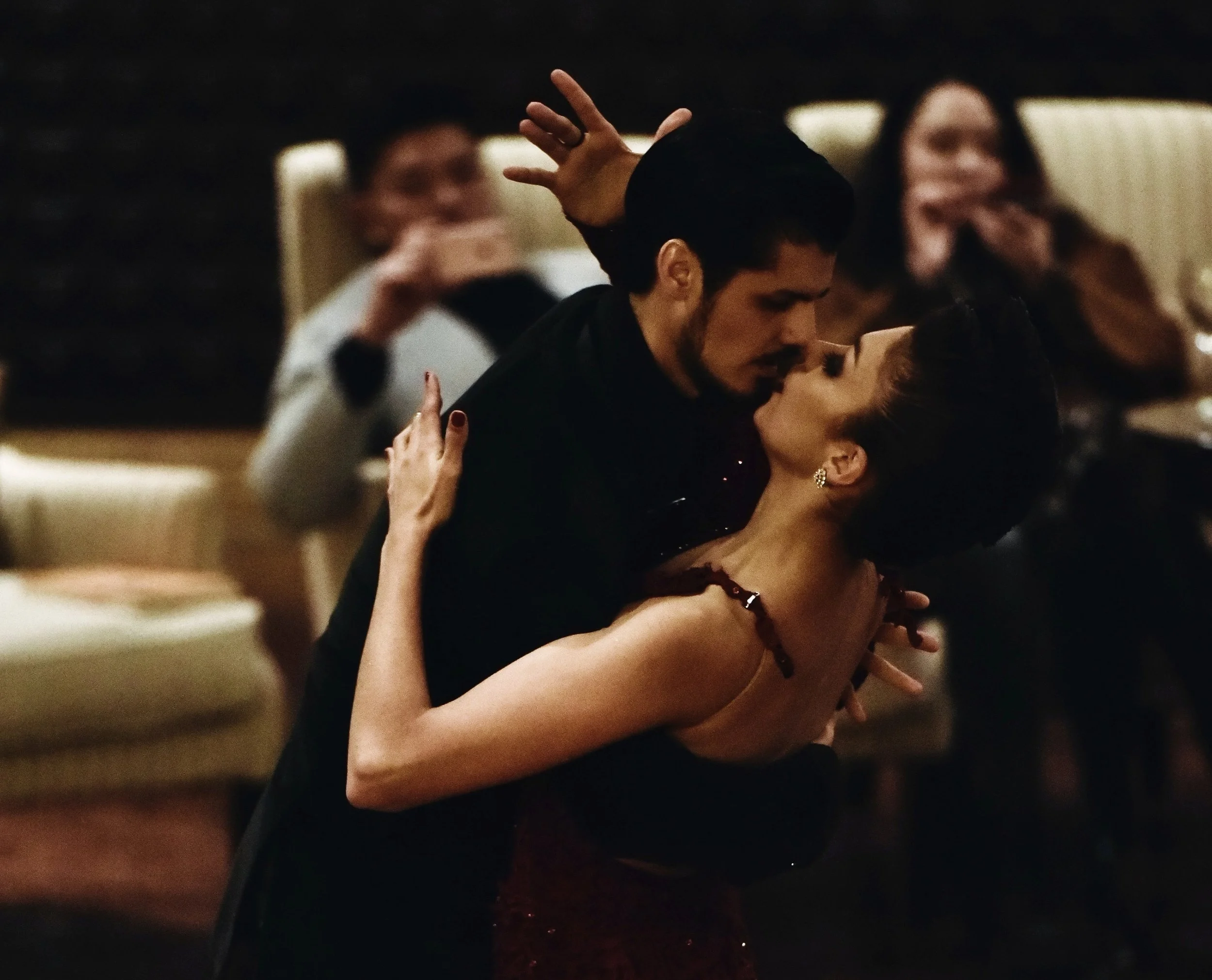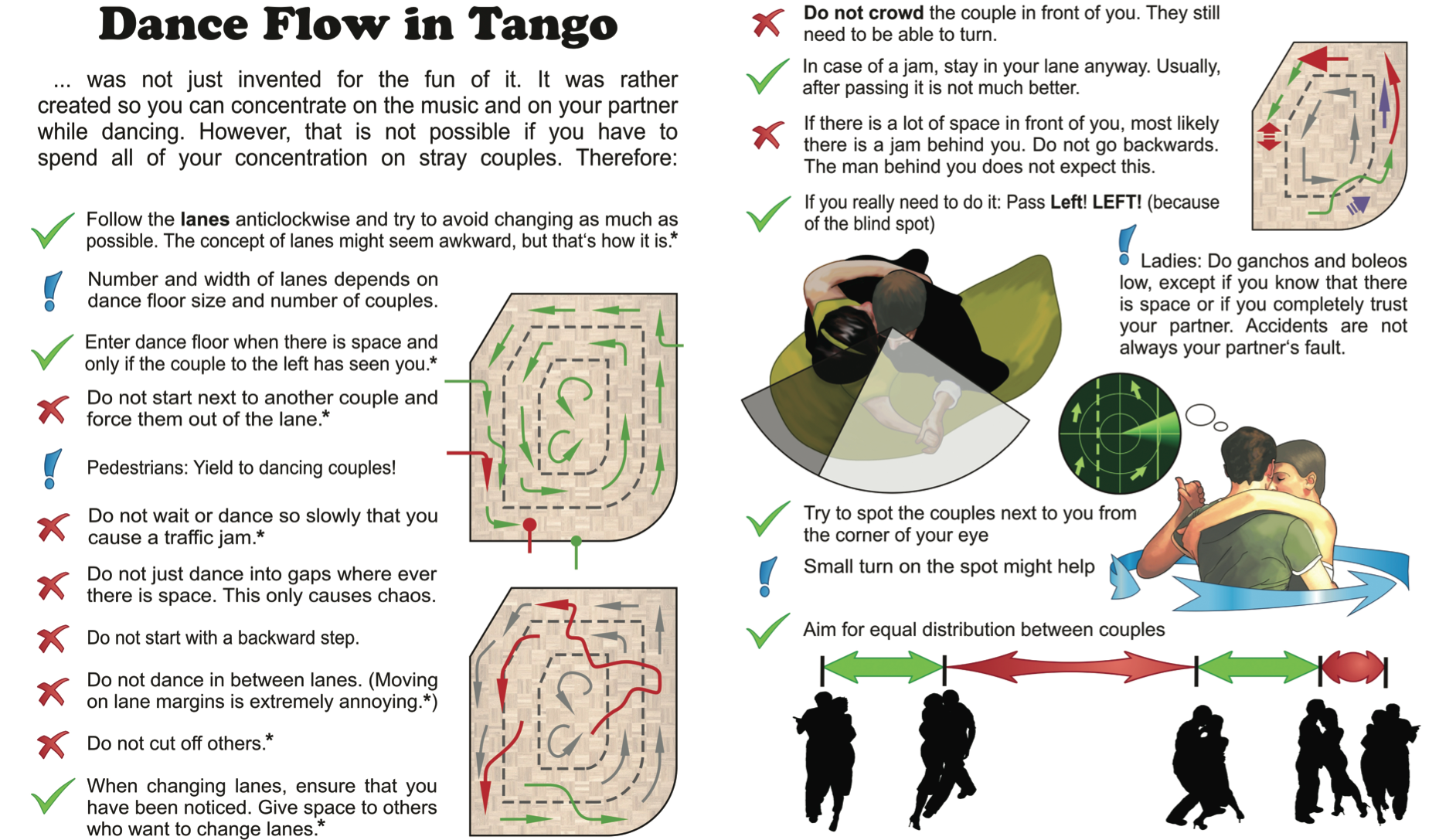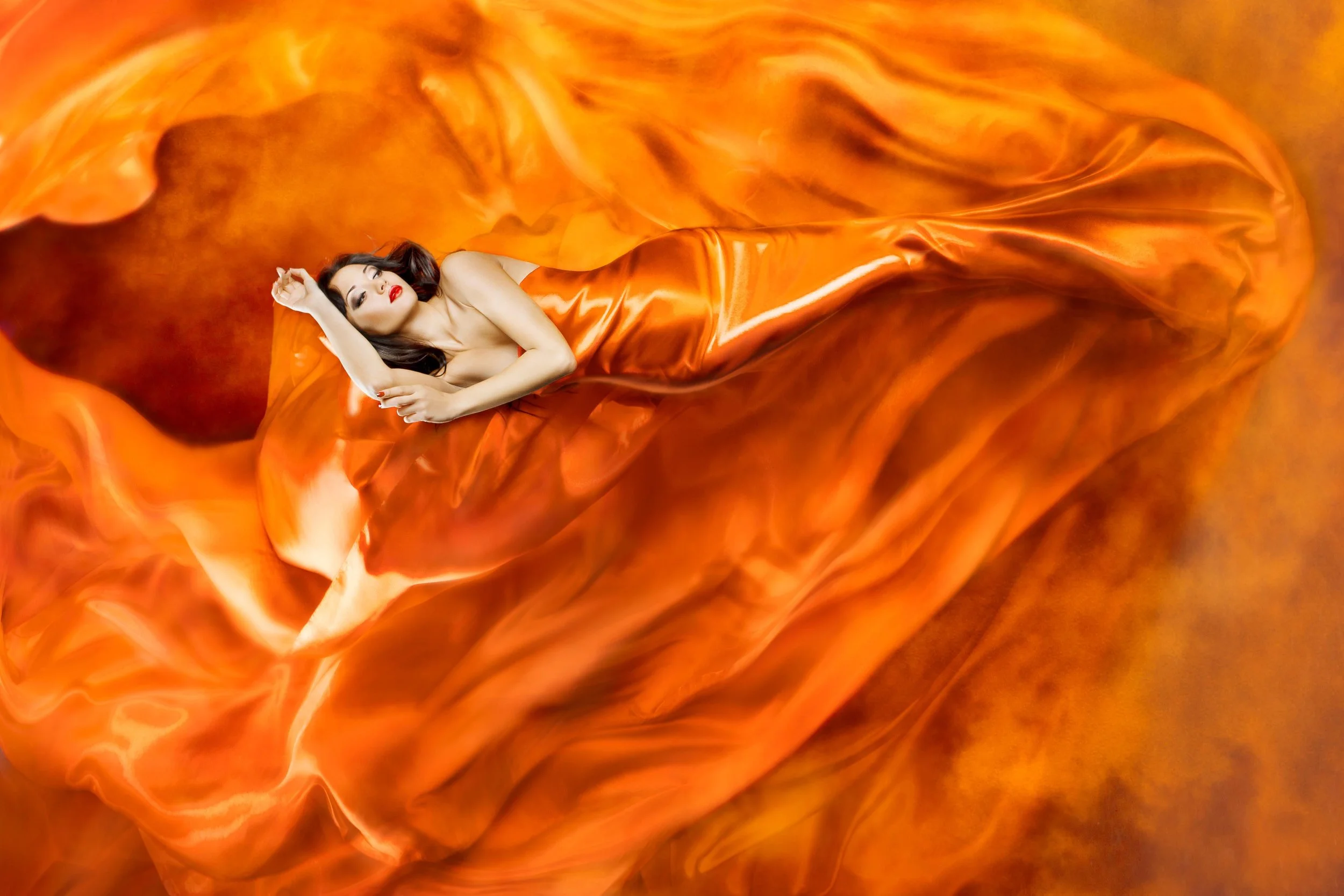"D’Arienzo pushes the beat, and Di Sarli the melody. Many orchestras can be placed, more or less conveniently, on an axis between these two poles. Troilo, who pushes the lyric, hints at another dimension, but we can say that he blends the two impulses, or moves between them, and leave it at that.
Pugliese destroys these notions of a simple classification of tango music into the rhythmic and the lyrical.
These two forces are present simultaneously in his music, it’s not that he’s “off the scale” — he’s not even on the scale in the first place."
Pugliese's tension and release in his tango are one of a kind. The way he builds and releases tension is what strikes listeners.
This can be heard and felt in his signature song, “La Yumba.” Pugliese gives a moment of respite when the beat grows too forceful and tense.
Read More